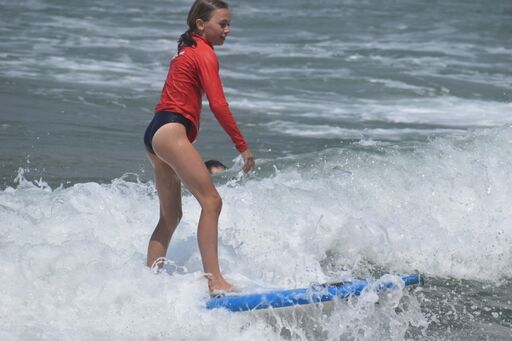
Our hands on surfing instruction method
Surfing is not all about learning how to stand, it is about learning how to catch a breaking wave as it transforms from a swell to a wave. If you can master this – standing up is a mere formality.
SEA Australia is the founder of the FLOAT to SURVIVE aquatic training methods.
Float to survive has been identified as the key water safety survival message by world leaders in the field of water safety. The Float to Survive message is a component of a long-term solution to reducing drowning worldwide and we should all recognise the importance of this as a key life skill for all Australian kids.
To survive, humans need oxygen to enter their lungs through their mouth or nose (breathe). To survive in the water, our heads must remain above the water to breathe. Maintaining this position in the water requires a conscious decision to relax and take time to make the correct choices whilst remaining afloat, and a belief to maintain this simple exercise to survive, which all humans are capable of. These split-second decisions could save a life.
SEA has designed the most effective way to teach a range of floatation methods with the basic skills to school students using high elbows and relaxed sculling motion with the hands as the main components in all floatation exercises.
With so many mixed aquatic survival messages in years gone by – SEA believed that one simple water safety message was paramount. Past messages were based on the swimmer taking immediate physically demanding actions, which in most cases is unachievable, demanding extreme use of energy and causing panic that would lead to drowning. Float to Survive – ONE message/life skill, reverted back to a calming and achievable process, that allowed patients to stop and think about their next steps whilst keeping their airways above the water.
SEA Australia is the founder of the FLOAT to SURVIVE aquatic training methods, and as our programs are based around the surf – the key survival method in surf rips is to float, therefore we use these skills and knowledge throughout the programs, learning how to relax and work with the ocean as opposed to trying to unsuccessfully fight it.
While floatation skills in stillwater is one of the main modules of the concept, we also further instil the floatation messages, by using foam surfboards as a floatation device and convey the instruction to remain in control of this floatation device at all times.
Families are at high risk when they visit coastal locations.
Unfortunately, floatation skills are not a mandatory lesson for all Australians to be able to remain safe at the many aquatic environments that are so easily accessible, this is why all school kids should participate in entry level water safety and surf programs such as SEA Australia’s introductory school program.
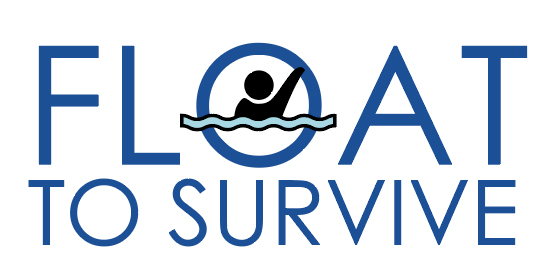
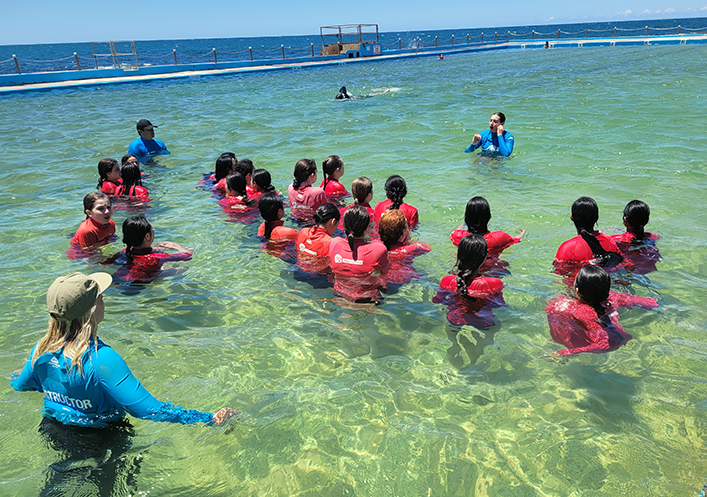

View our quick video on some of the core methods involved in the Float to Survive concept taught at SEA Australia programs.
Read through some common questions and answers about the SEA Australia ‘Float to Survive’ concept.
Being able to swim certainly helps, if it comes naturally, however some people can swim across the water, but struggle to stay afloat if they are not using the correct floatation techniques
Yes, we do the training in shallow water where they can stand. They will only venture into slightly deeper water if they are comfortable
Floatation is one of the program modules, provided we have access to a flat water area or pool. All exercises start with the high elbow, relaxed hands technique, which makes it easier for people to float and maintain a floating position
Learn to swim focuses on floating on your back, however we need to broaden this technique as different aquatic environments will require floating variations, especially when you are in the surf, to enable you to see the surrounds
The participants all start in shallow water, where they can easily stand. Our instructors are with them but slightly seaward and have foam surfboards as a floatation device should anyone panic. Programs are not advanced, so kids will work within their limits
Contact us via our form.

Surfing is not all about learning how to stand, it is about learning how to catch a breaking wave as it transforms from a swell to a wave. If you can master this – standing up is a mere formality.
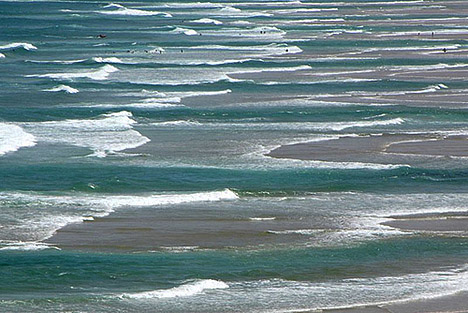
Many people have been in a rip but not known it as they find themselves in deeper water and quickly end up on the sandbank with the flow of the rip. Learn more.
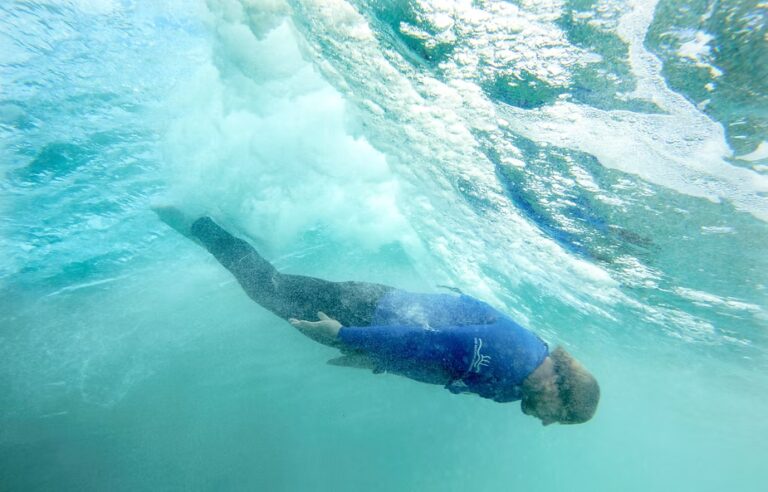
This is easier than it looks, and I find it a lot more exhilarating than normal body surfing, however this technique is recommended for experienced body surfers only!
All SEA programs are organised into periods when schools are in term (booked through the schools), or in school holiday periods (where parents can directly book programs with us for their children).